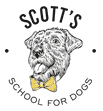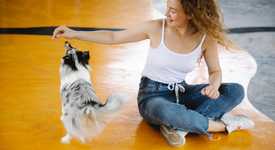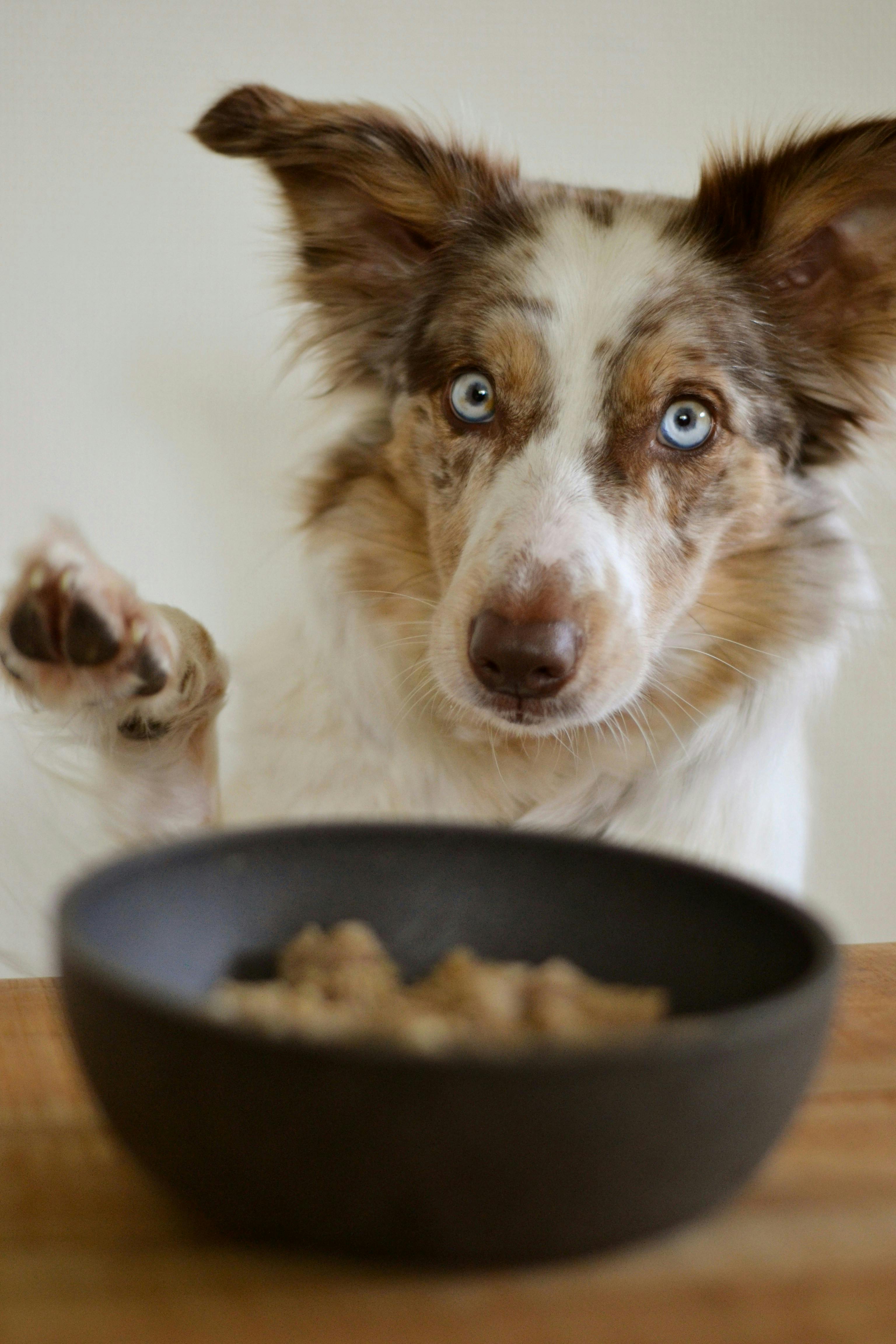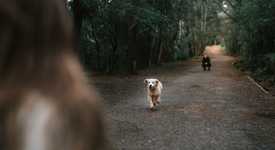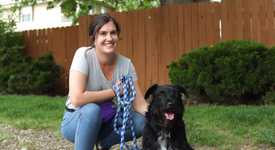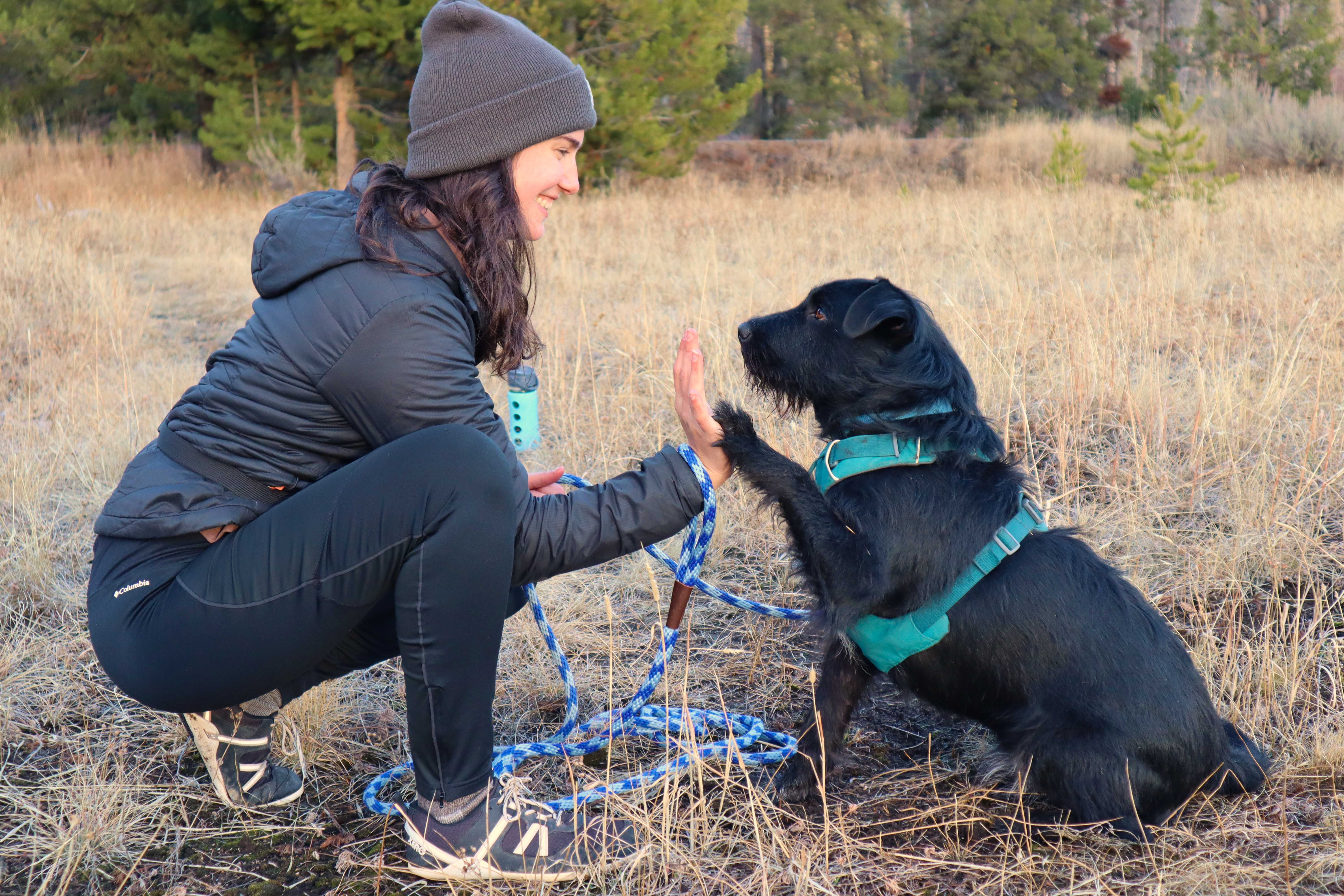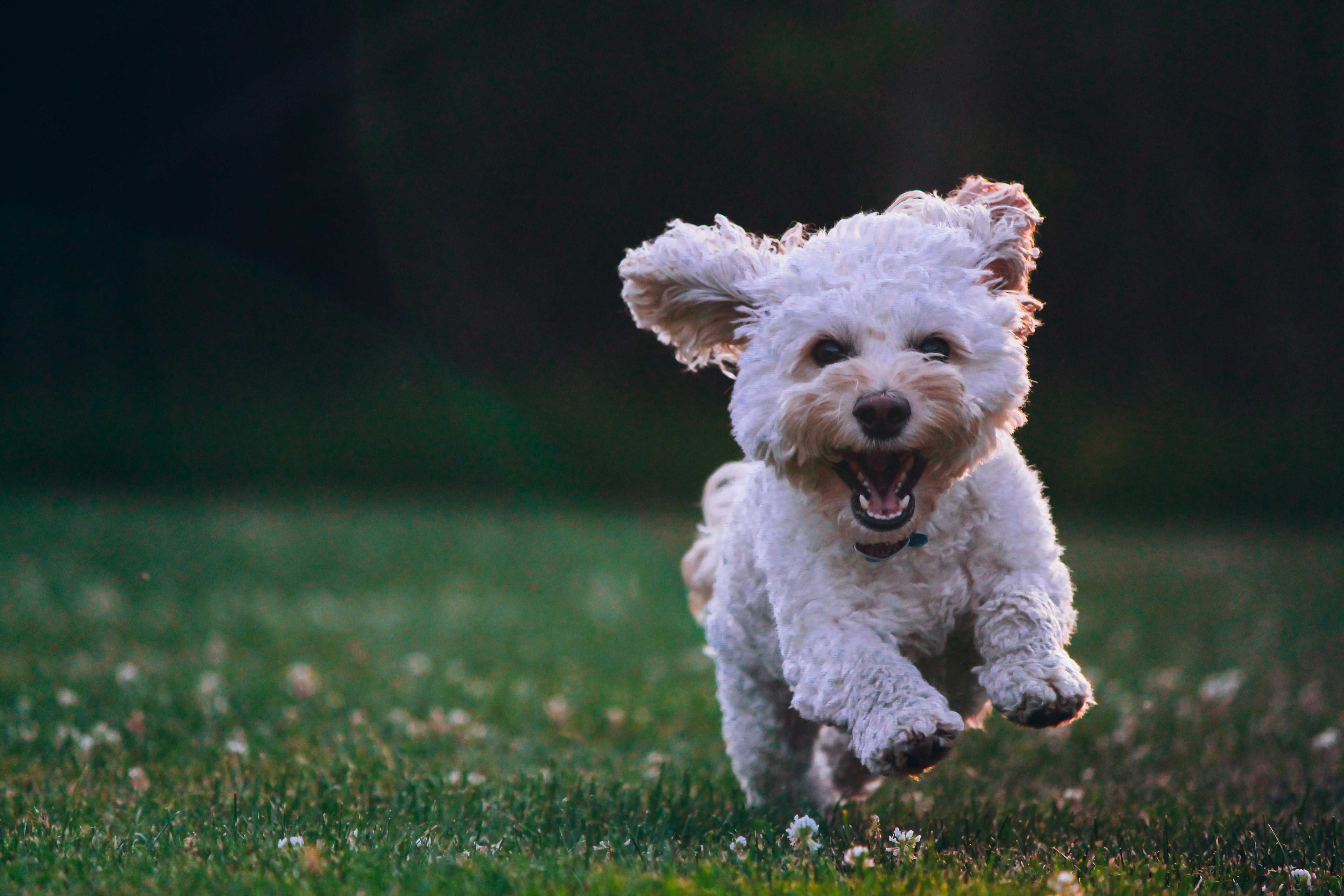
Unlock 10 Expert Puppy Training Tips!
Sign up with your email and receive a free video guide to transform your puppy into a well-behaved companion
We all want our dogs to be happy. Because, of course, our dogs deserve happiness for happiness' sake.
As an added bonus, from a dog training perspective, happy dogs also tend not to engage in destructive habits. Habits like chewing on furniture, excessive barking, counter-surfing, jumping, and more. In fact, my first step in working with most clients is ensuring that their dog’s social, physical, and mental needs are met (in other words, ensuring their dogs are happy).
Luckily, there are simple things you can do with your dog to help make them happier. And, better yet, they’re all pretty fun for you too.
Note that all of these tips focus on mentally enriching our dogs. Of course, physical exercise is just as important, but since most people already know that dogs require exercise, I wanted to focus on the other side of the equation. Some activities offer both mental and physical exercise, which is a win-win all around.
So, let’s jump into it.
1. Take Your Dog on “Sniffaris”
A dog’s number one sense is smell. By letting them stop and smell the roses—though, usually, they don’t smell roses, but disgusting-by-human-standards-things—you’re letting your dog engage with the world in a way that comes naturally to them.
A great way to let your dog smell is by taking them on “sniffaris.” These are walks that you go on for the sole purpose of letting your dog sniff, frequently done on a long lead. To do this successfully, you have to let go of any expectations for the walk. Trust me, you will learn true patience once you let your dog sniff to their heart’s content—they may stay in a single spot for 10+ minutes.
During sniffaris, try to let your dog lead. Of course, you can’t let your dog walk you into an industrial sewage plant, but as long as they’re heading in a direction that you’re able to safely and legally walk, follow them.
Keep in mind that not every walk has to be a sniffari. You might take a walk for exercise or because you have a certain destination in mind. But taking your dog on multiple sniffaris a week can be life-changing for them.
Bonus Tip: If your dog is reactive and barks/lunges at people or other dogs, take sniffaris in business parks. There are still plenty of scents for your dog to smell and enjoy, but you’re less likely to run into triggers.
2. Let Your Dog be a Dog
Are you ready for this truth bomb? As much as we might think of our dogs as our babies — they are not humans, they are dogs. Their needs and wants differ from ours.
For example, chewing is a very normal dog behavior. So, let them chew! Of course, I don’t mean that you should let your dog chew through your slippers. But we do suggest providing chews for them, so they can satiate that natural desire. There are a million different chews you can buy, from bully sticks to raw-hide replacements to non-digestible options. If you ever need to take away one of your dog’s chews, trade it for something high-value like a piece of meat. This will help prevent resource guarding.
Digging is another natural dog behavior, especially for terrier breeds. Providing a sandbox or another spot where it’s permissible for your dog to dig can be extremely satisfying for them. Add treats and toys for them to find for even more fun.
Remember how dogs “see” the world with their nose (see tip #1)? Well, letting them forage and sniff out food is yet another natural dog behavior. You can satisfy your dog’s desire to forage by scattering food for them to find in your home or outside in your backyard. When you first start doing this, make it easy for your dog to find the food (I'm talking really easy—put it on the floor where your dog can see it) and slowly increase the difficulty, hiding the food out of sight. A great time to have your dog forage for food is during meal times. Instead of feeding them their entire dinner in a bowl, feed half of it via foraging. You can also use a snuffle mat for a similar effect.
Lastly, dogs benefit from licking. You can purchase lick mats or stuffable toys (like Kongs) from most pet stores. Smear peanut butter, wet dog food, canned cheese, canned pumpkin, or another spreadable treat onto the lick mat or inside the Kong, freeze it, and let your pup enjoy.
Bonus Tip: licking helps dogs calm down. If your dog gets over-excited when guests come over, give them a frozen lick mat or stuffed Kong to help calm their arousal.
3. Play Your Dog’s Way
Play involves playing with your dog in whatever way they enjoy. This could be a game of fetch with their favorite ball, a rousing round of tug with a rope toy, or chase with no toy at all. The key here is to do what your dog wants. You may want your dog to be a frisbee champion, but if they’re more excited about jumping into rivers after balls then make sure that river-jumping and ball-chasing are a part of your routine. Of course, you can also teach them to rock at frisbee too (and maybe they’ll learn to love frisbee!), but you want to honor their instinctive desires too.
And, keep in mind, that dogs enjoy playing with new things. Studies—like a 2012 study from the Journal of Animal Cognition— have shown that dogs can lose interest in a toy if it’s all they play with. Continually rotating out their toys will help prevent them from getting bored and will save you from having to buy new toys all the time.
4. Let Your Dog Use Their Mind
There was an interesting 2014 study in Animal Cognition that suggested dogs may enjoy problem-solving. That is, they experience that same thrill of “I DID IT!” as humans do when we figure out a complex math problem or bake the perfect cookies.
You can help your dog get this fuzzy feeling in a variety of ways. You can purchase a dog puzzle—Outward Hound has great options—or make your own. Putting a couple of treats inside a muffin tin — and covering up the holes with balls — works well as a DIY option.
You can also place a couple of treats in a toilet paper roll, fold up one end, and watch your dog tear it apart to get to the food. Just ensure that they don’t ingest any of the cardboard. As your dog figures out the toilet-paper-roll “game,” you can increase the difficulty by closing both sides. Then you can put down multiple toilet paper rolls where only one has treats inside. Your dog will have to smell out the “correct” roll.
You can also teach your dog tricks using positive reinforcement training techniques. This works because your dog has to problem-solve to figure out what they have to do in order to get a food reward. And you can show off to all your friends when your dog can jump into your arms or “tell you a secret” (i.e. put their nose to your ear like they are whispering in it).
Conclusion
Happy dogs are not only living better lives but making our (human) lives better too. Just like you—or your children—may “act out” when mentally understimulated (a.k.a excessively bored) so too will your dog. When they’re chewing on your coffee table or barking at the window, that could be their way of telling you that they’re “boreeeeeeeed” or just want “attentionnnnnnn” (said in a whiny, high-pitched tone, of course).
Try to provide some form of enrichment for your dog every day and provide lots of enrichment on days when your dog doesn’t get much physical exercise (it’s too cold, hot, you're sick, your dog is sick, etc). Rotate the types of enrichment that you do to keep things interesting for both you and your pup. After all, you might get sick of playing chess every single day, even if you loved the game.
I'll leave you with the most important tip of all—have fun. We enjoy dogs as pets because we enjoy being with them. And doing the aforementioned tips, seeing your dog enjoy all of these activities, is a blast!
